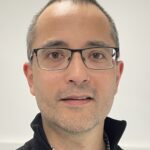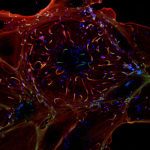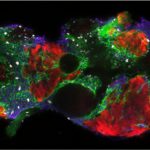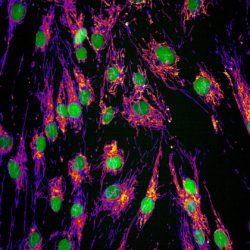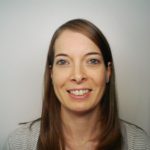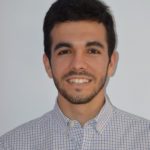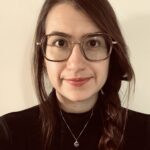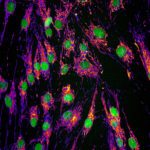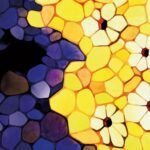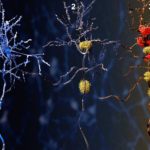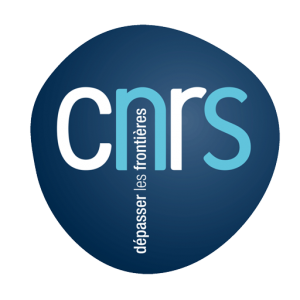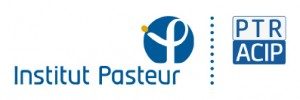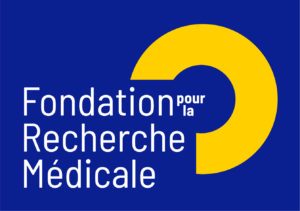The general objective of our laboratory is to understand how mitochondrial dysfunction causes disease.
Mitochondria are double membrane-bound organelles that are essential in every tissue of the body. There are more than 1000 mitochondrial proteins needed to maintain the various functions of the organelle of which only 13 are encoded by mitochondrial DNA (mtDNA). The physiological relevance of mitochondria is illustrated by mitochondrial disease, which is a collection of multisystemic, clinically heterogeneous disorders that can be caused by mutations in at least 400 different genes. Mito disease has an incidence 1 in 5000, which makes them common as fare as rare diseases go. Yet they are notoriously difficult to diagnose and currently impossible to cure. Historically, the predominant view of mitochondria is that of the powerhouse of the cell, but mitochondria also play fundamental biosynthetic and signaling roles. The functions of mitochondria are connected to the morphology and ultrastructure of the organelle, which vary widely across tissues. The multifaceted and dynamic nature of mitochondria fascinates us but also makes it challenging for us to define which specific functions of mitochondria are required for homeostasis and consequently which dysfunctions we should aim to target and correct in the context of disease.
In the lab, we use cell and animal models in which specific mitochondrial genes are mutated to better understand how cells and tissues respond to mitochondrial dysfunction. We use a wide range of cell biology, biochemistry, and Omics approaches made possible in part thanks to access to leading-edge technologies made available by the various core facilities of the Institut Pasteur, we measure mitochondrial functions while paying specific attention to physiological outcomes. Our approaches can be applied to cell lines and animal models of disease but also to cells from patients suffering from mitochondrial disease that are diagnosed and followed by our clinical collaborators at national reference centers for mitochondrial disease. Using multi-scale approaches, we aim to identify the underlying cellular and molecular mechanisms that maintain cellular health and those that fail in pathological situations. Then, we deploy genetic and chemical screening phenotypic screening approaches to identify putative therapeutic interventions to correct the primary mitochondrial dysfunctions or the maladaptive downstream consequences that lead to cell or tissue dysfunction.
We have also adapted the approaches we use to explore mitochondrial biology and disease to the study of infectious diseases. Using microbes as tools to study mitochondria has provided us with novel insights into mitochondrial biology that complement the genetic and chemical tools we have at our disposal. On the microbe side, we have gained insights into the cellular and molecular processes exploited by pathogens, especially those that physically and functionally interact with mitochondria.
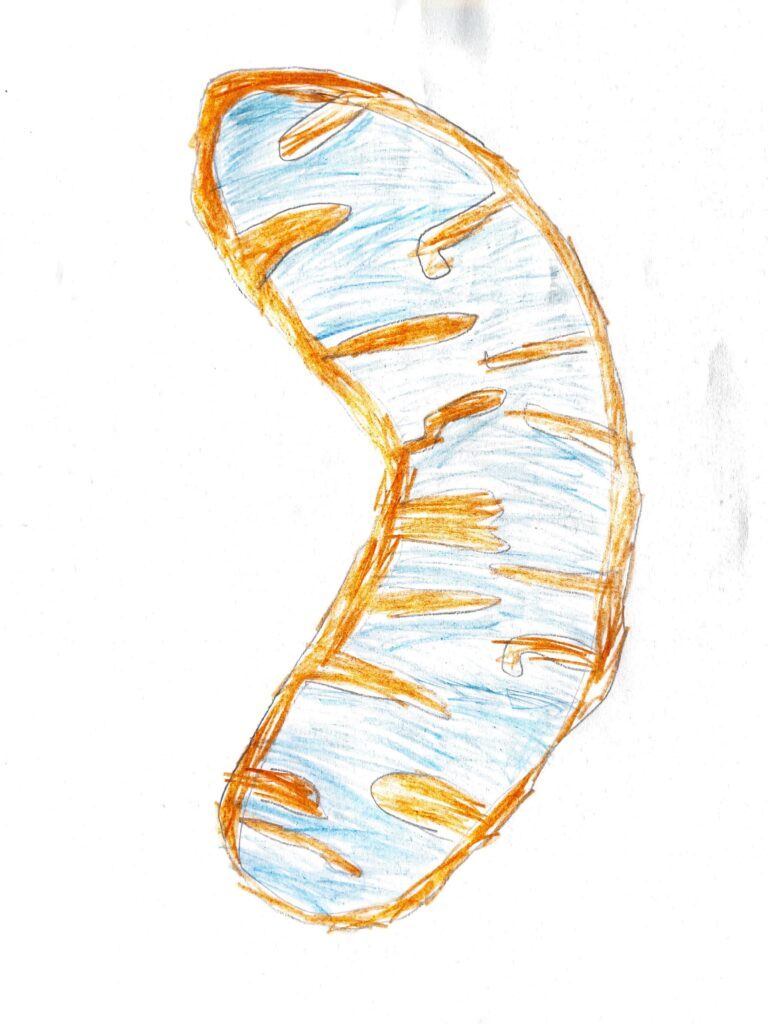
Credit: Gaspard WAI
